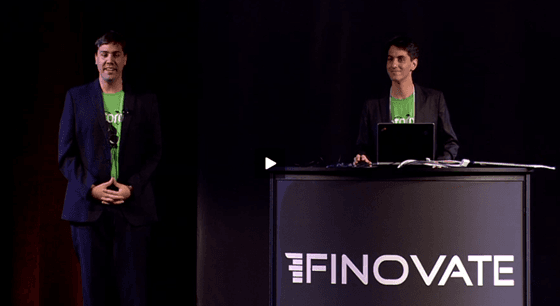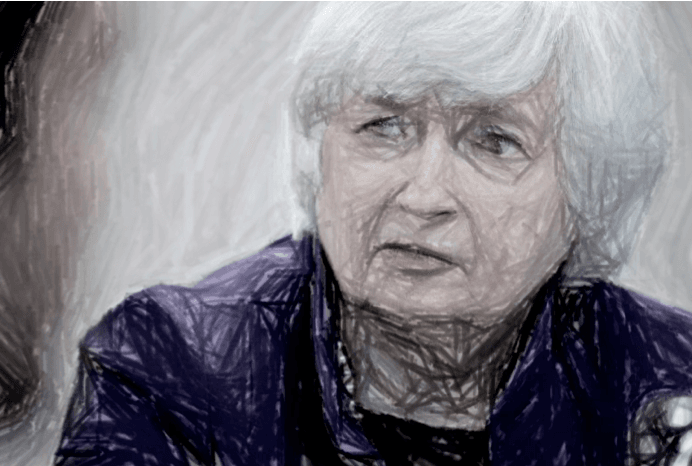Decentralized Finance (DeFi) is revolutionizing the financial landscape by offering decentralized alternatives to traditional banking services. By leveraging blockchain technology, DeFi platforms provide financial services such as lending, borrowing, trading, and investing without the need for intermediaries. This article examines how DeFi is disrupting traditional banking, the benefits and challenges of DeFi, and how traditional financial institutions are adapting to this new paradigm.

Disruption of Traditional Banking
DeFi is fundamentally changing the way financial services are delivered. Traditional banking relies on centralized institutions to manage and process transactions, often resulting in higher costs and slower processes. In contrast, DeFi uses smart contracts on blockchain networks to automate and decentralize these services, making them more efficient and accessible.
For example, DeFi platforms like Compound and Aave allow users to lend and borrow cryptocurrencies without intermediaries. These platforms use smart contracts to automate transactions, resulting in faster and more cost-effective services. Additionally, decentralized exchanges (DEXs) such as Uniswap and Sushiswap enable peer-to-peer trading of cryptocurrencies, eliminating the need for traditional exchanges.
Benefits of DeFi
One of the primary benefits of DeFi is the democratization of financial services. DeFi platforms are accessible to anyone with an internet connection, removing barriers to entry that often exist in traditional banking. This inclusivity allows for greater financial inclusion, particularly in underserved regions. Additionally, DeFi offers greater transparency, as transactions are recorded on public blockchains, reducing the risk of fraud and corruption.
DeFi also provides users with greater control over their assets. Unlike traditional banking, where institutions hold and manage customer funds, DeFi users retain ownership of their assets and can transact directly with other users. This decentralized model reduces the risk of institutional failures and provides users with more autonomy.
Challenges of DeFi
Despite its advantages, DeFi also presents several challenges. Security is a significant concern, as smart contracts can be vulnerable to hacks and exploits. The lack of regulatory oversight also poses risks, as users are not protected by the same safeguards that exist in traditional banking. Furthermore, the volatility of cryptocurrencies can impact the stability of DeFi platforms.
Another challenge is the complexity of DeFi platforms. The user interfaces of many DeFi applications can be difficult to navigate, particularly for those who are not familiar with blockchain technology. This complexity can hinder the widespread adoption of DeFi.
Adaptation by Traditional Financial Institutions
Traditional financial institutions are beginning to recognize the potential of DeFi and are adapting accordingly. Some banks are exploring the integration of blockchain technology to streamline their operations and offer decentralized services. Others are forming partnerships with DeFi platforms to provide their customers with access to decentralized financial products. Additionally, regulatory bodies are working to develop frameworks that balance innovation with consumer protection.
For instance, JPMorgan has launched its own blockchain-based platform, Onyx, to improve the efficiency of interbank transactions. Similarly, Standard Chartered is exploring the use of blockchain for cross-border payments. These initiatives demonstrate how traditional banks are leveraging blockchain technology to enhance their services and stay competitive in the evolving financial landscape.
Case Studies of DeFi Integration
Several case studies highlight the successful integration of DeFi solutions by traditional financial institutions. One notable example is the partnership between ING Bank and the decentralized lending platform, Aave. This collaboration allows ING to offer decentralized lending services to its clients, providing them with more flexible and efficient financial products.
Another example is the integration of DeFi protocols by the Swiss bank, SEBA. By incorporating DeFi solutions into their offerings, SEBA provides its customers with access to a broader range of financial services, including decentralized trading and lending.
Future Outlook of DeFi and Traditional Banking
The future of DeFi and traditional banking is likely to be characterized by increased collaboration and integration. As DeFi continues to mature, it will become more accessible and secure, making it an attractive option for a wider range of users. Traditional financial institutions will need to adapt to this new landscape by incorporating DeFi solutions into their services and exploring new business models that leverage the benefits of decentralization.
Moreover, regulatory frameworks will play a crucial role in shaping the future of DeFi. Governments and regulatory bodies will need to develop policies that protect consumers while fostering innovation in the financial sector. This balance will be essential to ensure the sustainable growth of DeFi and its integration with traditional banking.
In conclusion, DeFi is poised to have a profound impact on the traditional banking sector. By offering more efficient, transparent, and inclusive financial services, DeFi has the potential to reshape the financial landscape. As traditional institutions adapt to this new paradigm, the collaboration between DeFi and traditional finance could lead to a more robust and accessible financial system.
Tradersdna is a leading digital and social media platform for traders and investors. Tradersdna offers premiere resources for trading and investing education, digital resources for personal finance, market analysis and free trading guides. More about TradersDNA Features: What Does It Take to Become an Aggressive Trader? | Everything You Need to Know About White Label Trading Software | Advantages of Automated Forex Trading









































